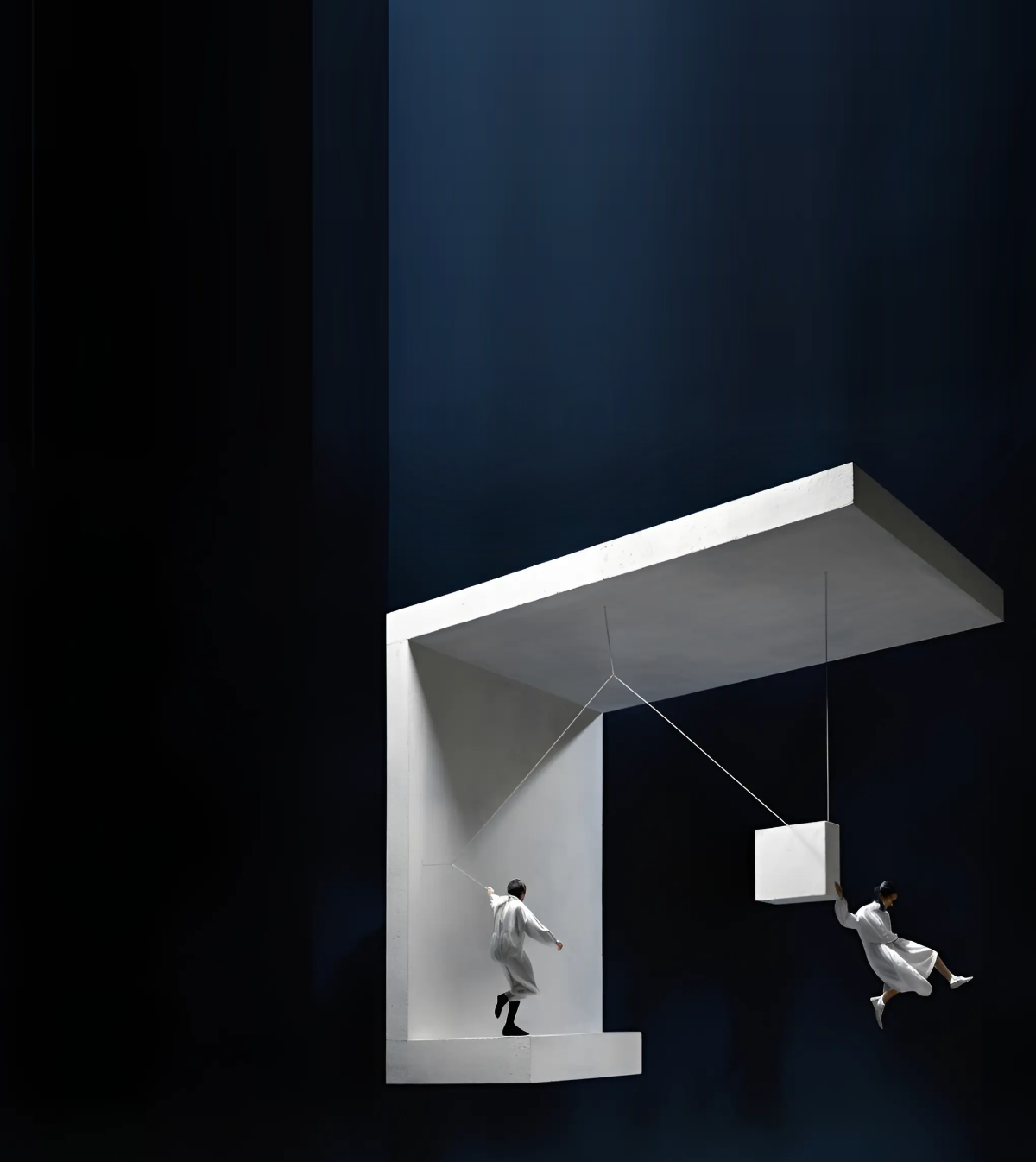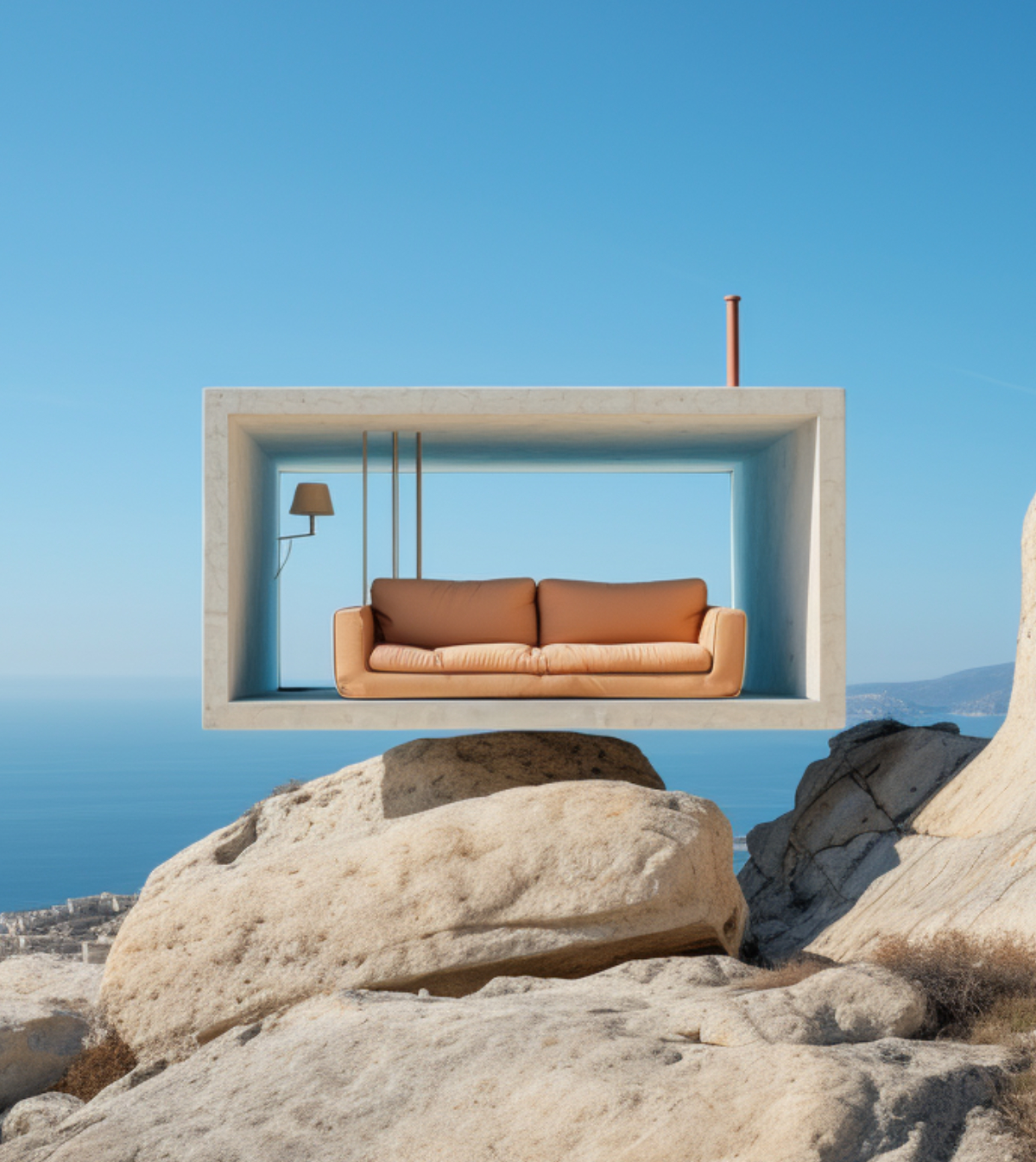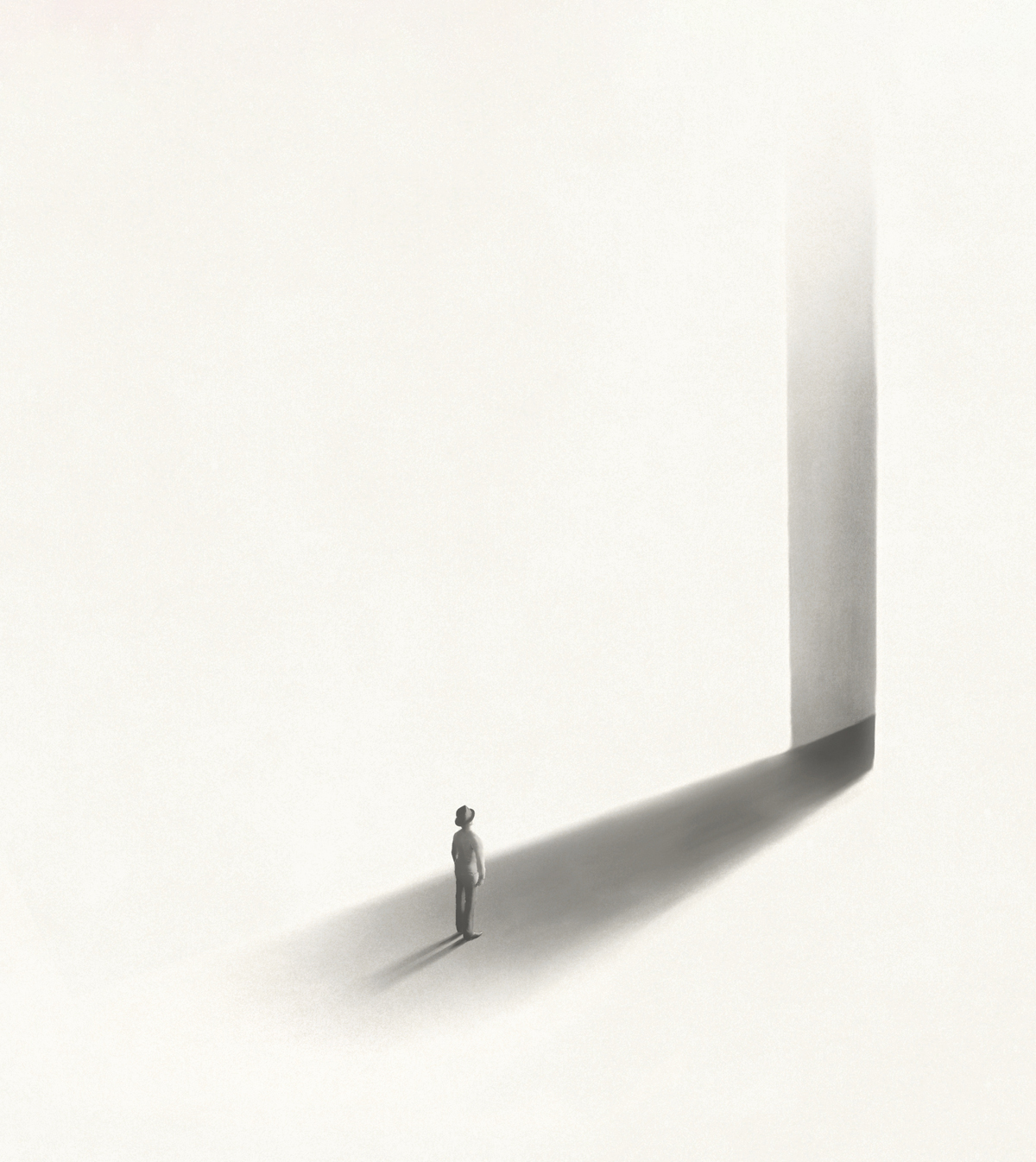With registration deadline of the Bangkok Fashion Hub Architecture competition almost upon us, we spoke to Thatwasin Boat Khajeenikorn, a menswear designer, visual merchandiser, and guest fashion editor at ELLE UK magazine, here in Bangkok. As a member of the competition jury he provides us with valuable local insight into Bangkok’s current fashion capital status, why it’s unique and what’s been preventing it from claiming the fashion capital title thus far. 
Thatwasin Boat Khajeenikorn / {-that’s.} , a menswear designer, visual merchandiser, and guest fashion editor at ELLE UK magazine based in Bangkok
What is the current fashion scene in Asia and which are the most influential countries?
Every country in Asia is different, they all have their own exceptional unique style. But of course these days there are a lot of factors that effect and influence the style and fashion scene of each country. From western cultures and design aesthetics, fast fashion trends or celebrity endorsements. Celebrities and social media are some of the most influencing factors to the Thai fashion scene today. Anything they're wearing could be popular overnight and so many Asian designers themselves are often inspired and influenced by Western fashion design aesthetics and interpret that into their designs.
It would be safe to say that of all Asian countries, Japan have one of the most genuine and strongly influential cultures and design backgrounds. Their cultural style has always been inspiring and influenced a lot of designers all over the world. They have also produced so many legendary fashion designers that are still powerfully influencing the fashion scene these days too. While looking back to South East Asian countries, I personally think that Thailand, especially Bangkok, is probably one of the most prominent and has so much potential to develop to be something big. We have fashion weeks every year, the ELLE Fashion Week and Bangkok International Fashion Week which is supported by Harper's Bazaar Thailand. Vogue Thailand just had its first Bangkok Fashion Night out 2 years ago. We have one of the most unique and exceptional exotic cultural styles and we have so many talented designers that haven't been discovered or pushed out to the world fashion scene waiting. 
{-that’s.} archive 2011-2013 for LVMH (Louis Vuitton Moët Hennessy) competition /a genderless wear, that could be interpret, apply and worn by both genders 
{-that’s.} archive 2011-2013 for LVMH (Louis Vuitton Moët Hennessy) competition /a genderless wear, that could be interpret, apply and worn by both genders
How important is fashion to Bangkok in particular?
The Thai government tried to push Bangkok to become the new fashion capital in the emerging Asian fashion market a few years back. They did a Bangkok Fashion Week with a number of fashion shows and invited designers to collaborate and get involved. It was such a good feeling to see that happening in this city and the opportunities seemed to skyrocket, but then we unfortunately lost the support to go further after when the government was changed. However we still consistently develop our fashion scene here and it gets stronger every year.
How have you seen the Fashion scene in Thailand change?
The market used to be completely dominated by the womenswear market, and now men are thinking about fashion too which has changed the whole fashion scene, especially in Bangkok. It is evolving to include more people and becoming a part of life in Bangkok. Now we need to keep moving forward and to do that we need support. We need the support from the government, from the universities and from people in the industry so that fashion remains important and part of what is Bangkok.
What do you think is holding Bangkok back from becoming the fashion capital of SE Asia?
I think Bangkok and Thailand in general isn't open minded enough, unlike other countries in Asia. Definitely, it’s more open minded than five or ten years ago so it’s getting there but it’s not there yet. It's almost there. The same goes for our fashion education, it’s still not as good as it’s supposed to be.
Maybe partially because local production costs are still very cheap here and very easy to find. This means that when fashion students have to design something they just do the sketches and hand them to the seamstress or pattern maker and then just go pick it up, pay them and submit it to their professors. Ridiculously easy and that needs to be change immediately.
Fashion Students in Bangkok somehow need to adopt those methods and systems of independent learning from other regions such as Europe and America that set the standard. I've heard fashion teachers here in Bangkok say to their students, “You’re a designer, not a seamstress. You don’t need to know how to sew.” How could you call yourself a teacher and tell that to your students? What happens if you go to the seamstress and they ask what kind of seams you want and you can’t answer that? I think Thai fashion students need to acknowledge that. All the details count and it makes you a better designer. 
Fitting process (photo by Finnbkk)
What features / aspects do you think are important to include in the fashion hub?
The complex needs to be a place where there can be an open exchange of ideas. It needs to have facilities in place that allow for workshops and seminars as well as fashion shows and exhibitions.
The building itself should be something that is bold, contemporary and attention-grabbing. It must attract attention from designers and educators both locally and internationally, whether for investment, exhibition of their designs or education for young designers.
This needs to be a place to open the minds of local designers and fashion students, where they can learn more about their craft and the fashion business from experts from around the world.
Bangkok Fashion Hub architecture competition
Key dates:
Closing date for registration: FEB 25, 2015 (11.59pm GMT)
Closing date for submission: MAR 16, 2015 (11.59pm GMT)
Announcement of the winners: APR 2, 2015
Prizes:
3 winning proposals and 6 honourable mentions will be selected.
Buildner will award a total of US$ 10,000 in prize money to competition winners as follows:
1st prize winner - US$ 6000
2nd prize winner - US$ 3000
3rd prize winner - US$ 1000
The winners will get international art and design media coverage and will be featured on the Buildner website.
read more
Top 3 Reasons Why You Should Enter Architecture Competitions
Curious about the value of architecture competitions? Discover the transformative power they can have on your career - from igniting creativity and turning designs into reality, to gaining international recognition.
Learn more























